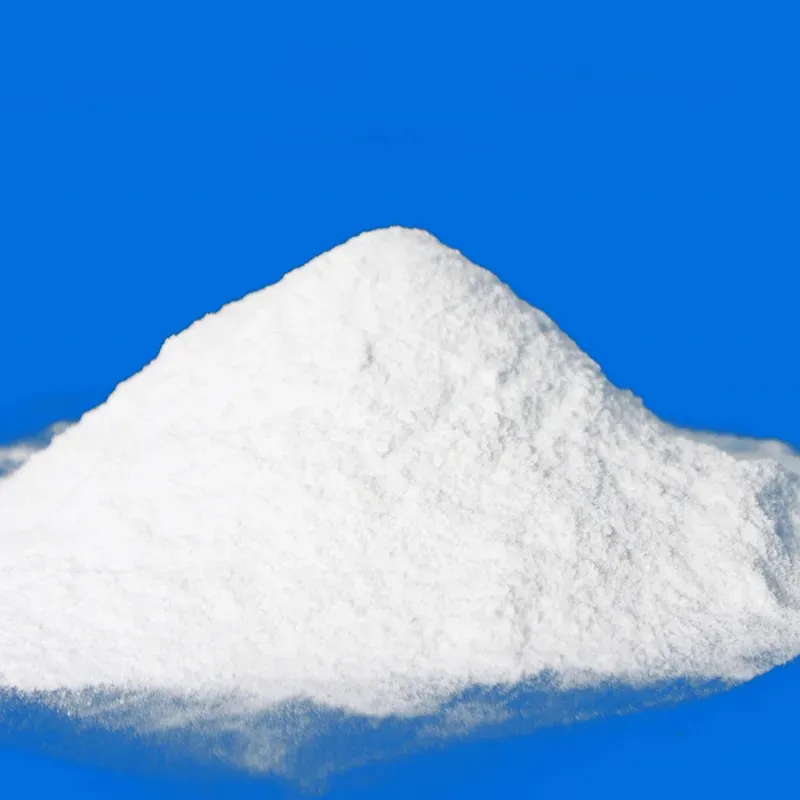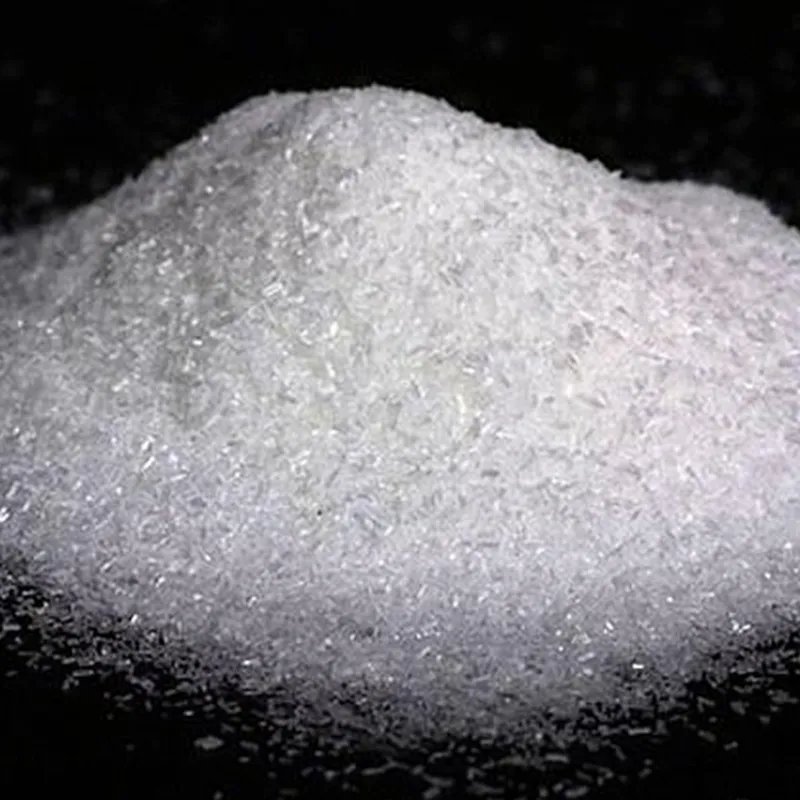
Glacial Acetic Acid Uses High-Purity Solutions for Industry & Labs
- Understanding Glacial Acetic Acid: Properties and Industrial Relevance
- Technical Advantages of High-Purity Glacial Acetic Acid
- Market Comparison: Leading Manufacturers and Product Specifications
- Customized Solutions for Diverse Industrial Applications
- Case Studies: Effective Use in Pharmaceuticals and Textile Manufacturing
- Safety Protocols and Handling Best Practices
- Future Trends: Expanding Applications of Glacial Acetic Acid

(glacial acetic acid use)
Understanding Glacial Acetic Acid Use in Modern Industries
Glacial acetic acid, a concentrated form of acetic acid (≥99.5%), is a critical chemical across industries due to its versatility. Unlike diluted acetic acid, its "glacial" designation stems from its freezing point of 16.6°C, forming ice-like crystals under cool conditions. Globally, the market for glacial acetic acid is projected to grow at a 4.8% CAGR from 2023 to 2030, driven by demand in pharmaceuticals, textiles, and food processing. Its role as a solvent, catalyst, and raw material underscores its irreplaceability in synthesis processes, particularly in vinyl acetate monomer (VAM) production, which accounts for 40% of global consumption.
Technical Advantages of High-Purity Grades
High-purity glacial acetic acid (≥99.8%) offers distinct technical benefits:
- Enhanced Reaction Efficiency: Reduces byproduct formation in esterification by 15-20%.
- Low Water Content: <0.2% moisture minimizes corrosion in metal catalysts.
- Thermal Stability: Maintains integrity in processes up to 120°C without decomposition.
Manufacturers like Eastman and BASF leverage advanced distillation to achieve sub-ppm impurity levels, critical for pharmaceutical APIs and electronic-grade solvents.
Manufacturer Comparison: Specifications and Pricing
| Manufacturer | Purity (%) | Key Applications | Market Share (2023) | Price Range (USD/ton) |
|---|---|---|---|---|
| Eastman | 99.9 | Pharma, Electronics | 22% | 850-950 |
| BASF | 99.7 | Textiles, Polymers | 18% | 800-880 |
| Celanese | 99.5 | Food, Agrochemicals | 15% | 780-820 |
Tailored Solutions for Industry-Specific Needs
Customization focuses on:
- Pharmaceuticals: Ultra-pure grades (USP/EP compliance) with <10 ppb heavy metals.
- Textiles: Buffered formulations to stabilize dye pH during mercerization.
- Food Industry: FCC-certified batches for vinegar production and preservatives.
Application Case Studies
Pharma API Synthesis: A European manufacturer reduced reaction time by 30% using Eastman’s 99.9% grade, achieving 98.5% yield in paracetamol intermediates. Textile Dyeing: A Vietnamese plant cut wastewater alkalinity by 40% via BASF’s pH-stable glacial acetic acid.
Safety and Handling Protocols
Concentrated acetic acid requires:
- Corrosion-resistant storage (PTFE-lined tanks).
- Mandatory PPE: neoprene gloves, face shields.
- Ventilation systems maintaining <50 ppm airborne exposure.
Glacial Acetic Acid Use in Emerging Technologies
Innovations in biodegradable plastics and CO2 capture are expanding glacial acetic acid use
. Researchers at MIT recently demonstrated a 12% efficiency boost in carbon conversion systems using acetic acid as a co-catalyst. With the green chemistry market poised to hit $28 billion by 2027, manufacturers are investing in bio-based production methods to align with net-zero goals.

(glacial acetic acid use)
FAQS on glacial acetic acid use
Q: What is the difference between acetic acid and glacial acetic acid?
A: Acetic acid refers to the pure compound (CH₃COOH), while glacial acetic acid is a concentrated form (99-100%) that solidifies at low temperatures. The term "glacial" comes from its ice-like appearance when crystallized.
Q: What are the primary industrial uses of glacial acetic acid?
A: Glacial acetic acid is widely used in chemical synthesis, pharmaceuticals, and textile production. It serves as a solvent, catalyst, or raw material in manufacturing dyes, plastics, and medicines.
Q: How is glacial acetic acid utilized in laboratories?
A: In labs, glacial acetic acid is used for pH adjustment, organic compound purification, and analytical chemistry. Its high purity makes it ideal for precise experiments and reagent preparation.
Q: Can glacial acetic acid be used in medical applications?
A: Yes, glacial acetic acid is used in topical treatments for skin conditions like warts or infections. It also serves as a component in diagnostic reagents and drug formulations.
Q: Why is proper handling crucial for glacial acetic acid?
A: Due to its high corrosivity and toxicity, glacial acetic acid requires gloves, goggles, and ventilation during use. Improper handling can cause severe burns or respiratory issues.
-
What Is a Food Additive? Global Insights, Applications & Future TrendsNewsNov.24,2025
-
968 Sweetener: The Modern Solution for Health-Conscious SweeteningNewsNov.23,2025
-
Discover the Benefits and Uses of 965 Sweetener (Erythritol) | Tenger ChemicalNewsNov.23,2025
-
961 Sweetener - A Next-Gen Sugar Alternative for Health and IndustryNewsNov.23,2025
-
Understanding 960 Sweetener: The Modern Sugar Alternative for Health and IndustryNewsNov.22,2025
-
Everything You Need to Know About 955 950 Sweeteners – Benefits, Uses, and TrendsNewsNov.22,2025
-
953 Sweetener: Global Insights, Applications, and Future TrendsNewsNov.21,2025
Hebei Tenger Chemical Technology Co., Ltd. focuses on the chemical industry and is committed to the export service of chemical raw materials.
-

view more DiethanolisopropanolamineIn the ever-growing field of chemical solutions, diethanolisopropanolamine (DEIPA) stands out as a versatile and important compound. Due to its unique chemical structure and properties, DEIPA is of interest to various industries including construction, personal care, and agriculture. -

view more TriisopropanolamineTriisopropanolamine (TIPA) alkanol amine substance, is a kind of alcohol amine compound with amino and alcohol hydroxyl, and because of its molecules contains both amino and hydroxyl. -

view more Tetramethyl Thiuram DisulfideTetramethyl thiuram disulfide, also known as TMTD, is a white to light-yellow powder with a distinct sulfur-like odor. It is soluble in organic solvents such as benzene, acetone, and ethyl acetate, making it highly versatile for use in different formulations. TMTD is known for its excellent vulcanization acceleration properties, which makes it a key ingredient in the production of rubber products. Additionally, it acts as an effective fungicide and bactericide, making it valuable in agricultural applications. Its high purity and stability ensure consistent performance, making it a preferred choice for manufacturers across various industries.





